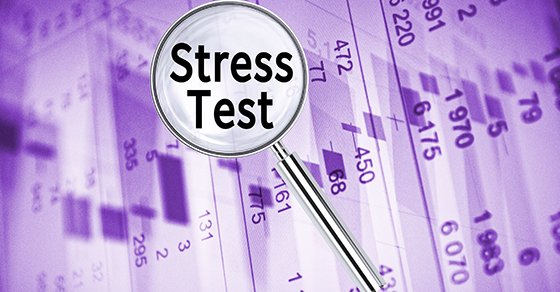How Businesses Can Use Stress Testing To Improve Risk Management
 If you’ve been following the news lately, you’ve surely heard or read about the sudden rise in concern about the banking industry. Although the story is still unfolding, an important lesson for business owners is already clear: You’ve got to be constantly on guard against the many risks to your company’s financial solvency. Now is the time to improve risk management measures for your business.
If you’ve been following the news lately, you’ve surely heard or read about the sudden rise in concern about the banking industry. Although the story is still unfolding, an important lesson for business owners is already clear: You’ve got to be constantly on guard against the many risks to your company’s financial solvency. Now is the time to improve risk management measures for your business.
One way that banks are advised to guard against catastrophic failure is to regularly perform “stress testing.” Doing so entails using various analytical techniques to determine whether and how the institution would be affected by specified financial developments or events.
But this advice does not necessarily place restrictions to banks. Businesses can use stress testing as well to get a better sense of how they should respond to a given threat.
Identify Major Risks
When starting a basic stress-testing initiative, you’ll generally need to identify five types of risk to your company:
- Operational Risks. These cover the day-to-day workings of the business and can include:
- Dealing with the impact of a disaster arising from natural causes.
- Human error or intentional wrongdoing.
- Financial Risks. These involve how the company manages its finances and protects itself from fraud.
- Compliance Risks. This relates to issues that might attract the attention of government regulators.
- Strategic Risks. This refers to the business’s grasp of its own market as well as its ability to respond to changes in customer preferences.
- Credit Risks. It is important to thoroughly research a customer’s creditworthiness before you offer any arrangement.
When examining threats in each category, be as specific as possible. No detail or technicality is too small to factor into your assessment.
Meet With Your Team
After identifying the pertinent risks in each category, meet with your leadership team and professional advisors to improve your collective understanding of each threat. Even more important, discuss the anticipated financial impact of the identified risks and your company’s ability to absorb or adjust to the projected negative effects.
The ultimate objective is to develop a game plan to mitigate every identified risk. For example, say your business operates in an area prone to natural disasters, such as earthquakes or wildfires. In this situation, you obviously need an evacuation and business disaster response plan in place.
But other situations aren’t so obvious. For instance, say your company relies heavily on a key person. If so, you should develop a viable succession plan and consider buying insurance in case that person unexpectedly dies or becomes disabled.
Focus On Continuous Improvement
It is a continuous process when trying to improve risk management. New threats may emerge, old ones may fade — and even the best-laid plans tend go awry when left untended. Meet with your leadership team at least annually to conduct stress testing and assess the most current threats to your company. Contact us for help gathering and organizing relevant financial data and developing accurate projections.
